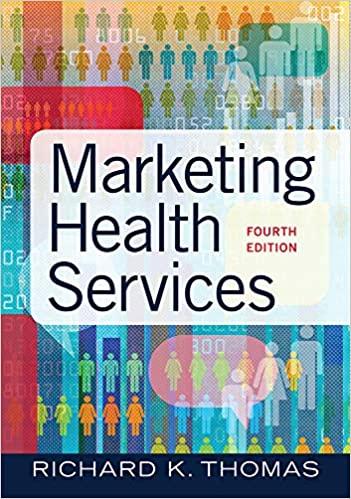A major hospital system in a medium-sized southern city conducted a comprehensive community health needs assessment in
Question:
A major hospital system in a medium-sized southern city conducted a comprehensive community health needs assessment in compliance with the ACA. In conducting the assessment, the analysts discovered that the residents of one zip code accounted for a large proportion of the hospital’s uncompensated care. Additional research was conducted to understand the high use of healthcare resources by residents of this community. The research found a significant number of residents with comorbid chronic conditions who were frequent users of the hospital’s emergency department and regularly admitted for inpatient care. These high utilizers were clustered in certain locations, suggesting that the local environment was having an impact on health status.
The research also found that a significant portion of the population was at high risk of developing a chronic condition, particularly diabetes.
The remainder of the population was at moderate risk, but, given the attributes of the community, the analysts expressed concern about their future health status. Each of the three populations—high utilizers, high risk, and moderate risk—were profiled in terms of their demographic, socioeconomic, and psychographic characteristics. This information was used to inform the development of customized programs for each group.
As a result of this analysis, the hospital developed a three-tier approach to addressing the health issues facing this community. For the 100 chronically ill high utilizers, a case management program was established to manage each patient’s care. Efforts were made to ensure that they received timely treatment, adhered to their medical regimen, and, to the extent possible, maintained a healthy lifestyle. For the estimated 4,000 at-risk residents, an intensive patient education effort was developed that targeted their area of residence. Like the high utilizers, the at-risk populations also tended to cluster together. For the relatively healthy moderate-risk population, a social marketing program was developed to provide general information on healthy lifestyles and prevention.
Although the impact of such programs is difficult to quantify, the case management efforts for the high utilizers paid significant dividends in terms of reduced emergency department utilization and inpatient admissions. Many of the 4,000 at-risk patients who received screening and prevention materials actually entered treatment programs for chronic conditions, although it is difficult to determine the impact of the hospital initiative in this regard. Follow-up surveys found that members of the general population (the moderate-risk segment) were exposed to health education materials, and many participated in health fairs located in areas with concentrations of high-risk residents.
Questions
1. What activity on the part of the hospital raised the question of uncompensated care?
2. What conditions contributed to high utilization of health services?
3. What was the basis for segmenting the target population?
4. What was the impact of the “intervention” on the targeted segments?
Step by Step Answer:






